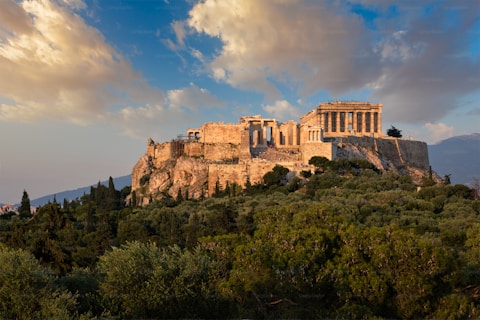Epirus Architecture
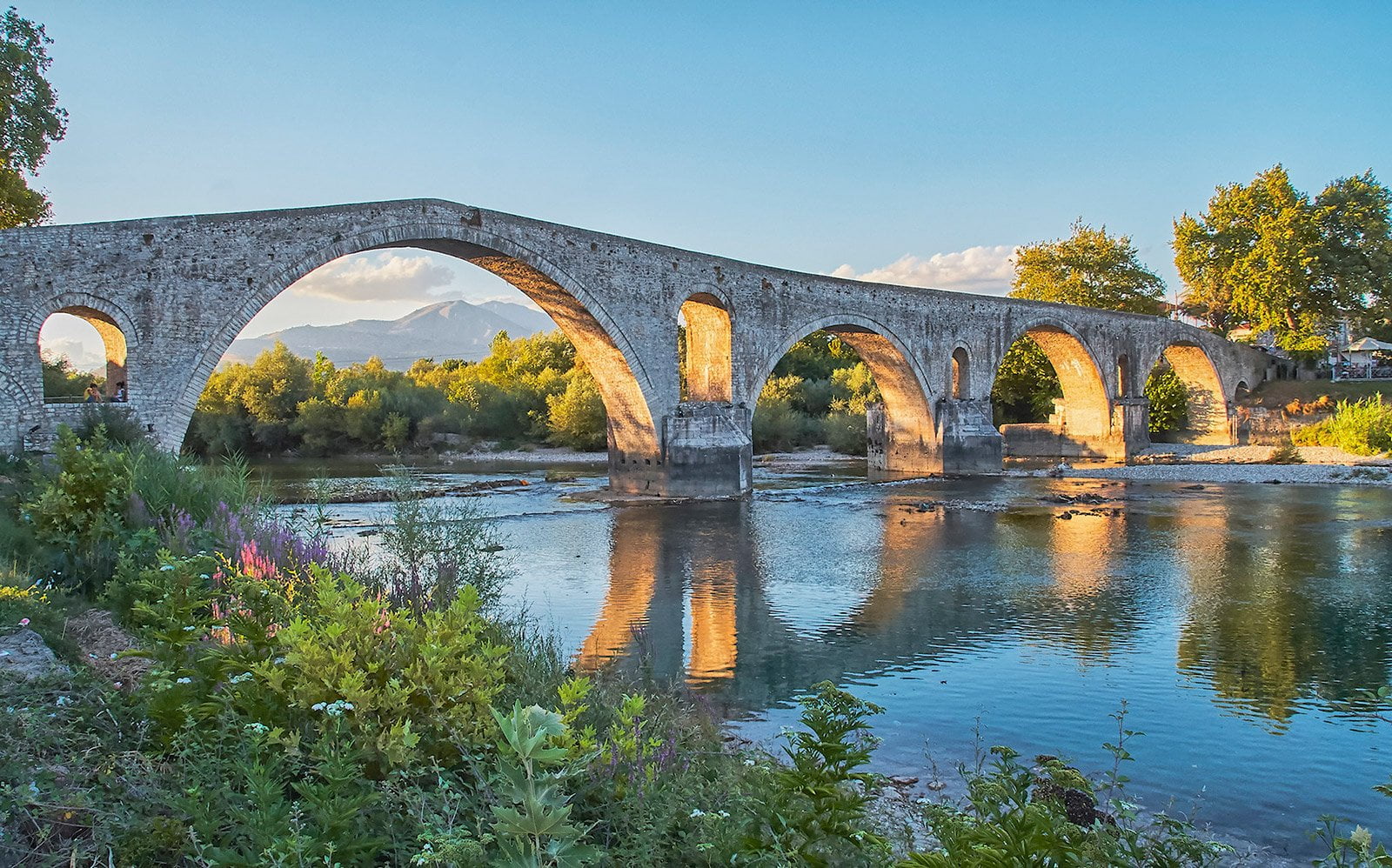
This area of forests and high mountain peaks, deep gorges, rivers, lakes, and stone-arched bridges, offers a backdrop to some of the most unique mountain architecture. The houses of towns and villages nestled against this backdrop are constructed with the raw materials available on hand; mainly stone, wood and slate in the traditional architecture style that is characteristic of this region. Master craftsmen and builders constructed not only houses with stone walls and slate roofs, but also arched bridges connecting the villages, impressive churches, local cobbled stone squares and alleyways and fountains. The result is a blending in of the villages into their natural surroundings. To this day these stone-built structures remain well-preserved, giving an impression that time has stood still while at the same time giving an incentive to protect this architectural heritage.
Because of its rugged topography, with high mountain peaks, steep slopes, gorges and rivers, this area was not always easily accessible. The arched stone-bridges that reflect the craftsmanship of its builders were built to connect the various towns and villages that remained cut off from each other in the heavy winter snows.

Modern house in traditional style in Papiggo, Western Zagoria Photo Credit: Costas Tavernarakis
These stone-built settlements remind one of castles all covered in grey and slate blue color of rock and mist. Each house is of usually rectangular build, with one or two levels and is enclosed by a tall stone yard wall with a big solid wooden gate. This offered protection in earlier times against raiders and generally against the harsh weather conditions. The richer homes or mansions, usually built around the village square, had a “hagiati” or outward-projecting balcony from whose enclosing windows the owners could observe everyday life.
All streets were covered with well-fixed slabs of stone, with an added feature that made some wonder why such expert stone masons built some slabs higher than others. This was the result of calculating where and how much the stones should stand out to give people and animals a better grip when the roads are covered in snow and ice. That is why stones protrude only when the road is inclined.
Over time, the wood and stone craftsmen of Epirus, and especially Zagoria developed their technical skills further, enabling them to live off the income of their craft, and helping to propagate that style of building that is indigenous to their birthplace.
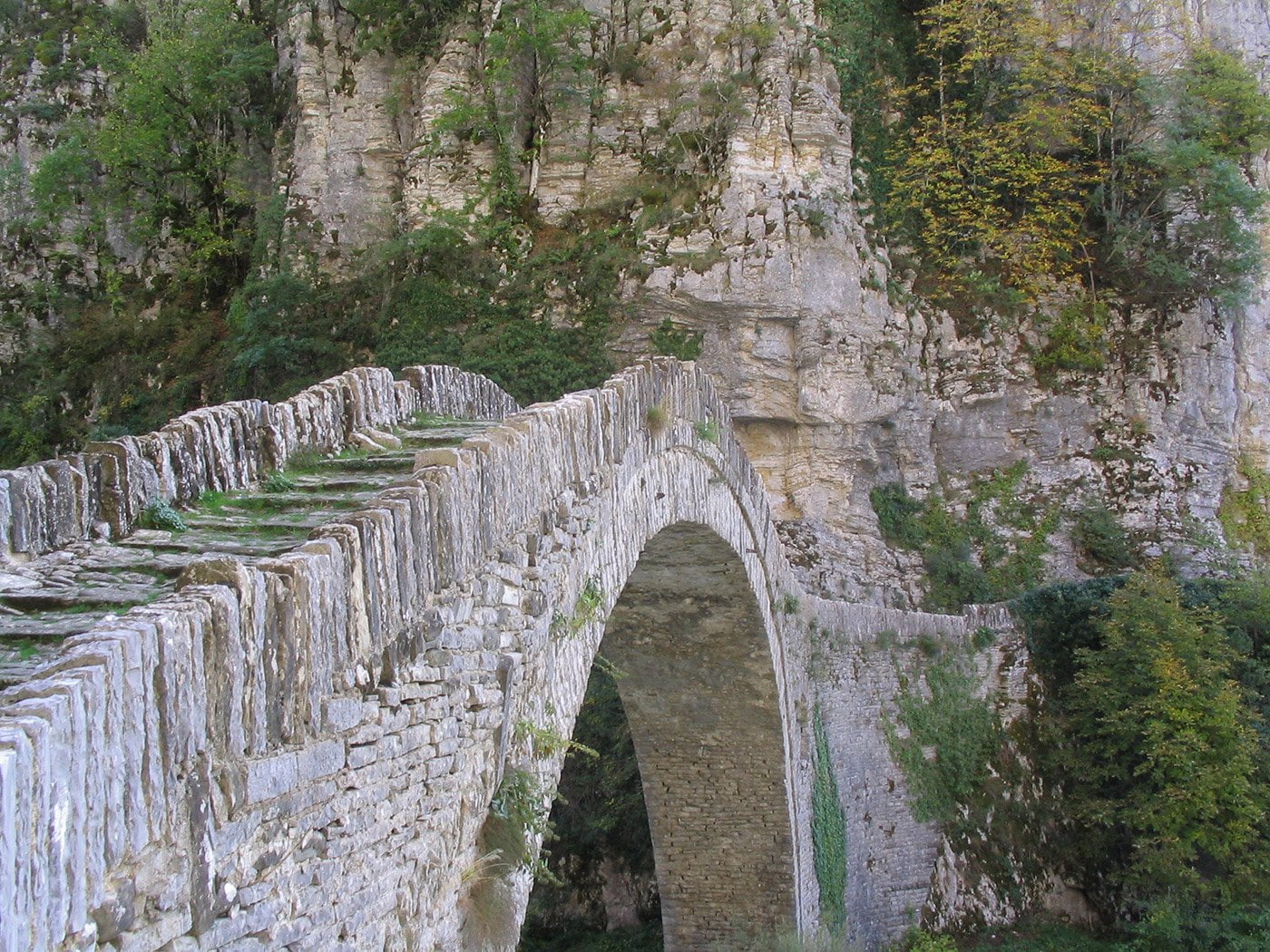
Kokorou bridge Photo Credit: Costas Tavernarakis
During the Turkish occupation, the villages of Zagoria flourished greatly with the construction of two-storyed houses, marble fountains, arched bridges and magnificent churches. There are many examples of this type of construction: Drywall arches with the stones so tightly assembled that no knife blade could be inserted between them; Kalogeriko with its three arches, just outside the village of Kipi, is the most famous stone- bridge of this region, with the fluidity and harmony of its construction setting it apart; Aghia Paraskevi Monastery at Vikos, built on the edge of a ravine dates back to the 15th century and is a well-known landmark; There is also Skala, a cobblestone trail linking Vradeto village to Kapesovo. These are among the many examples of this traditional architecture that survives to this day.
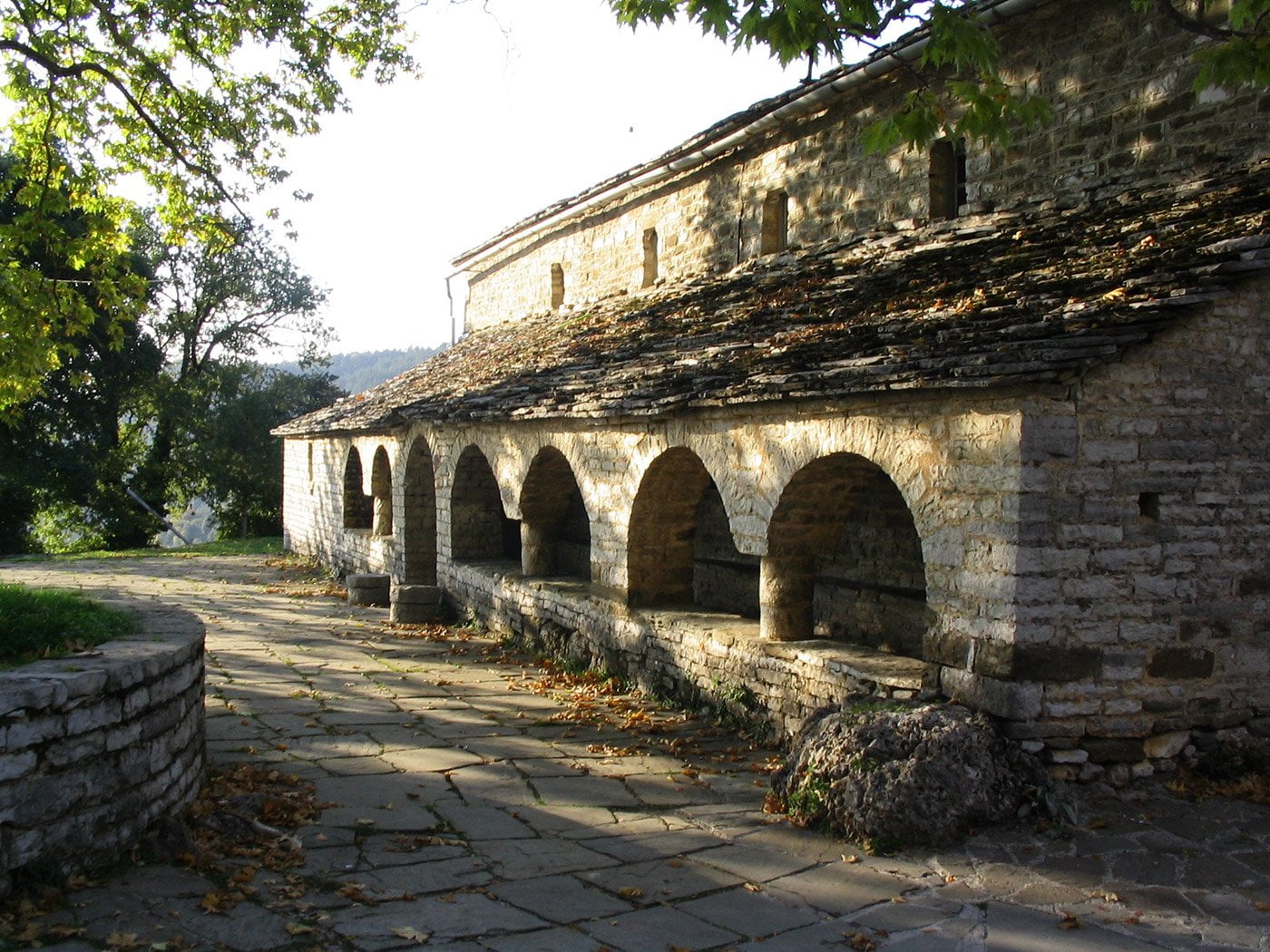
Church in Mikro Papiggo Photo Credit: Costas Tavernarakis
Merchants travelling through Epirus to and from Europe spread the fame of the craftsmen living in this small complex of villages in Pindus. Soon the Epirus craftsmen were travelling throughout Greece and the Balkans and Europe and were paid handsomely for their work. They developed guilds in accordance with their skills-stone masons, woodcraftsmen, painters. Their knowledge and skills were passed from generation to generation in great secrecy, and they even formed a language of their own. Wherever they went, they bought some of the best examples of local craftsmanship, usually furniture, back home with them. In their elaborately ornamented home interiors, one could discern examples of techniques coming from Vienna to Istanbul. And they brought back learned techniques to incorporate them in their own work.
Over the years, imagination flourished around the many structures of Epirus. One of them involves the Legend of the Bridge of Arta, the stone bridge which crosses the Arachtos River near the town of Arta. This bridge became the subject of a well-known folk ballad. The story goes that during the Turkish occupation, the Turkish commander ordered a bridge built over the river. In a spirit of resistance, the builders demolished every day what they had constructed previously. The commander then threatened to kill the Head Builder and his wife if the bridge was not completed. According to the ballad, a bird with a human voice told the Head builder to sacrifice his wife to ensure solid foundations to the bridge. As the wife was sacrificed so that the bridge could be completed, she put a curse on it but relented and gave her blessing when she realized that her brother would be using the bridge too.
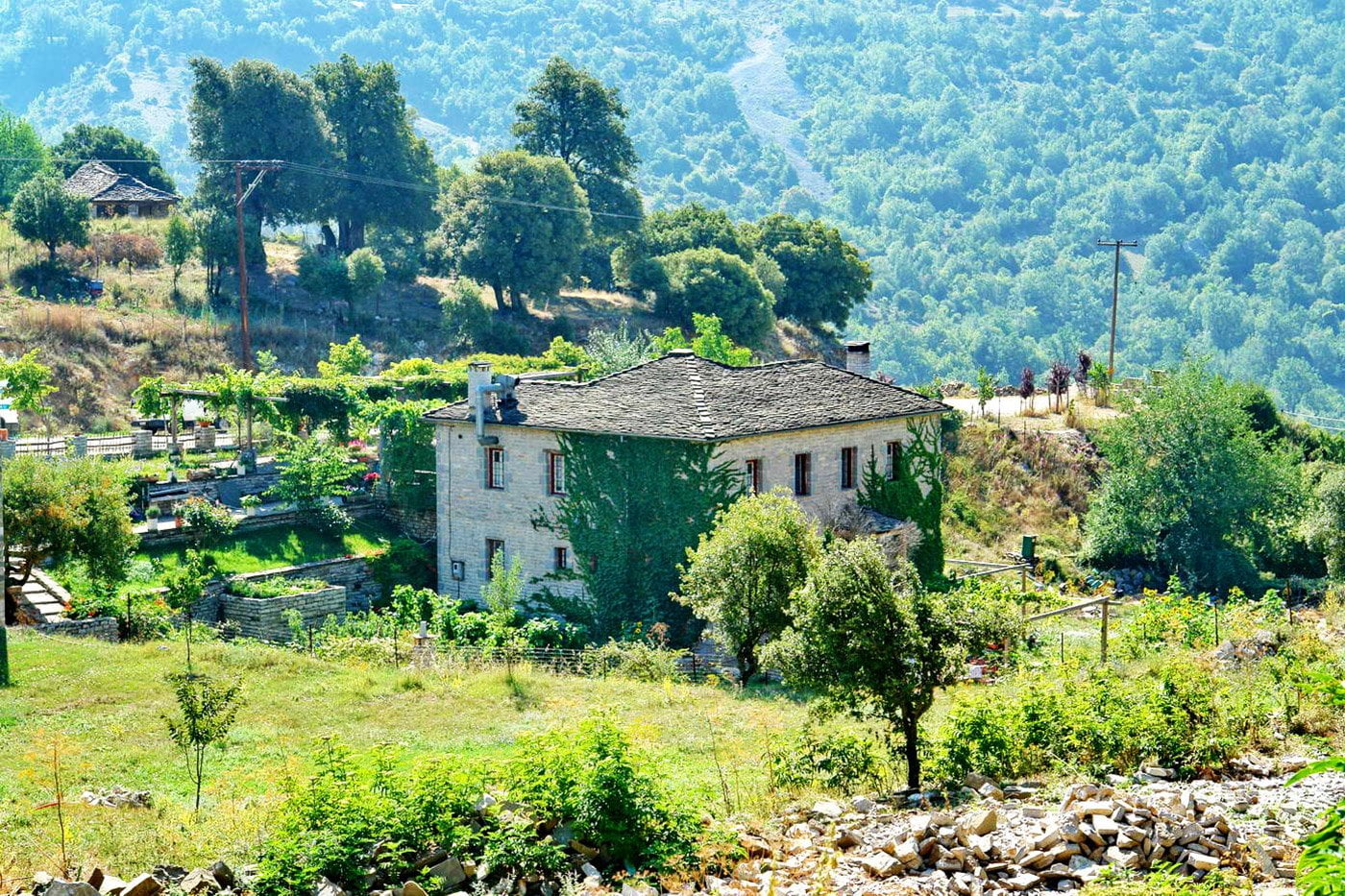
Papingo Photo Credit: Dimitris Karagiorgos
Epirus remains a popular tourist attraction. Apart from its natural beauty, its architectural heritage remains a magnet for world-wide tourism.
Cover picture credits:Γιάννης Χουβαρδάς
Feeling Ready?
From our blog
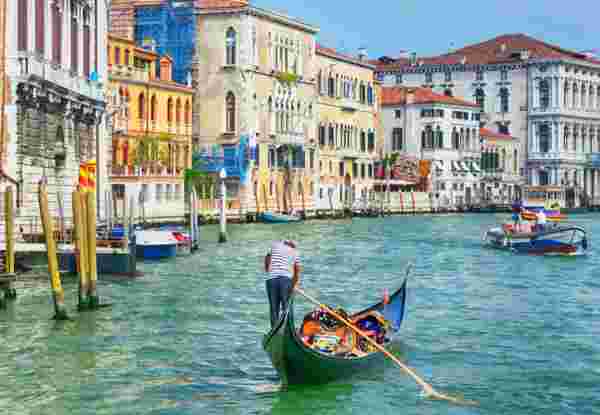
Exploring Venice and Its Canals
READ MORE
Crete for Seniors: A Complete Guide
READ MORE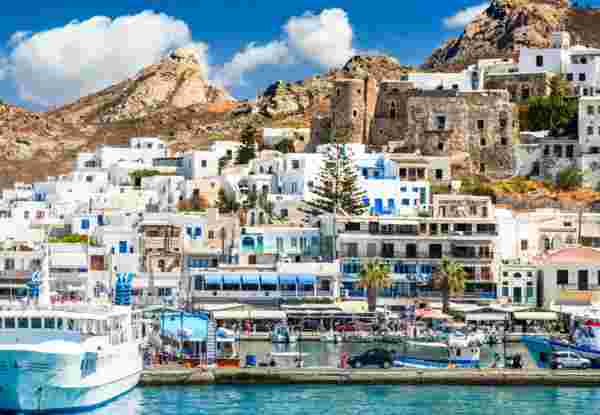
How to Explore Naxos for Seniors
READ MORE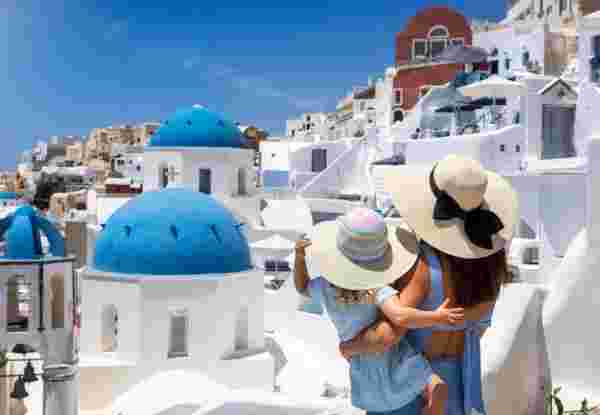
Why Visit Santorini with Kids: A Fun Family Guide
READ MORE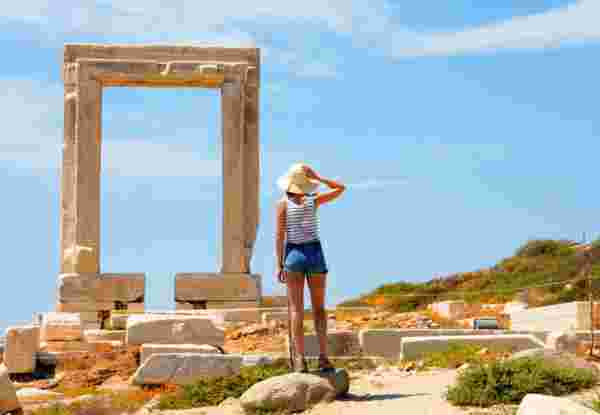
Honeymoon in Naxos: A Complete Guide
READ MORE
Visiting Athens with Kids: A helpful Guide
READ MORE
Paros for Seniors: Tips and Itinerary
READ MORE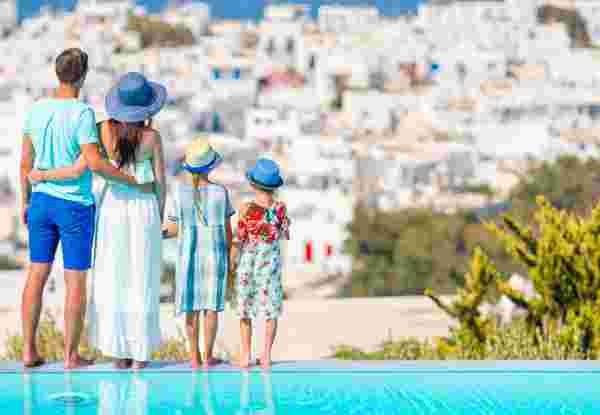
Best Resorts in Greece for Families: Your Ultimate 2025 Guide
READ MORE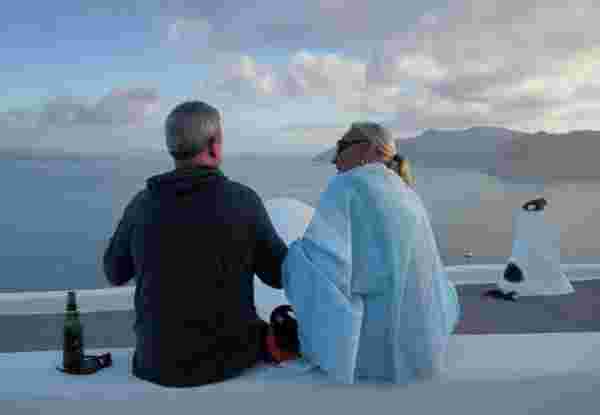
How to Enjoy Santorini for Seniors
READ MORE
